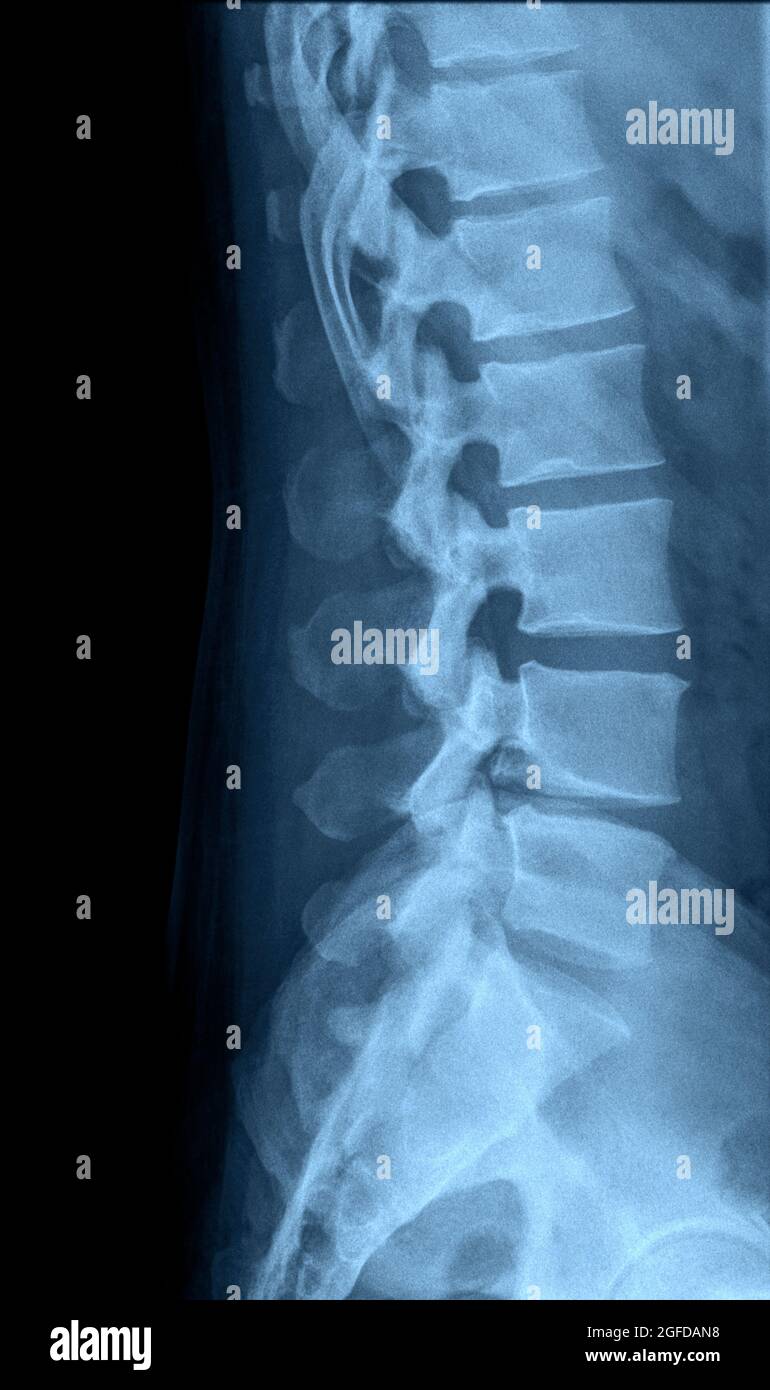Not known Details About Causes and Treatment of Lower Back Pain - HSS

Frontiers - Load Distribution in the Lumbar Spine During Modeled Compression Depends on Lordosis - Bioengineering and Biotechnology
The Dynamic Lumbar Spine Stabilization Surgery - UPMC Statements
Together, they improve the defense of the spine and roots. The dura is the most shallow however resistant layer. The pia and arachnoid, together described the leptomeninges, are frail. The spine, roots, and nerve rootlets are carefully invested by the pia. The dura and arachnoid together form a loose sheath (termed dural/thecal sac) around these structures, separated from the canal walls by the epidural space.
The external surface area is rough and mixes with loose connective tissue in the epidural space. The internal surface area, dealing with into the subdural space, is smooth and covered by a layer of mesothelium. Inferiorly, the dural sac ends at the sacral canal, typically at S2-S3 (often S1). The dura continues caudally as a fibrous thread called the filum terminale externum or coccygeal ligament, which blends with the PLL over the coccyx.

Normal lumbar spine MRI - Radiology Case - Radiopaedia.org
Everything about Spinal stenosis - Symptoms and causes - Mayo Clinic
Connective tissue insinuates the foramen anchor the dural sleeves so that they can safeguard the spinal nerve roots from being stretched throughout L-spine movements. In lumbar spine pain to these tetherings, the dura is attached in places to the PLL. Epidural space The epidural (peridural/extradural) space terminates inferiorly at the sacral hiatus, where it is sealed by the posterior sacrococcygeal ligaments.
The entire area is inhabited by loose connective tissue with variable fat content, supplying cushioning around the dural sac and spine and functioning as a form to hold the thin internal vertebral plexus of veins open. The vertebral venous plexus is embedded in the epidural loose connective tissue, sometimes transmitting big quantities of blood.
All About Fractures of the Thoracic and Lumbar Spine - OrthoInfo - AAOS

A layer of mesothelium covers all leptomeningeal surface areas bathed by cerebrospinal fluid (CSF). The arachnoid mater lines the whole dural sac and extends into the dural sleeves. It also sends out trabeculae throughout the subarachnoid area to the pia, helping with CSF mixing. Along the posterior midline, the trabeculae form a distinct subarachnoid septum.
The pia mater supplies assistance for the vasculature and nerves in the subarachnoid space. It adheres totally to the spinal cord. The pia forms a different sheath for each nerve rootlet and root as far laterally as the foramen, blending with the epineurium. Caudally, the pia continues as the thin filum terminale internum.
